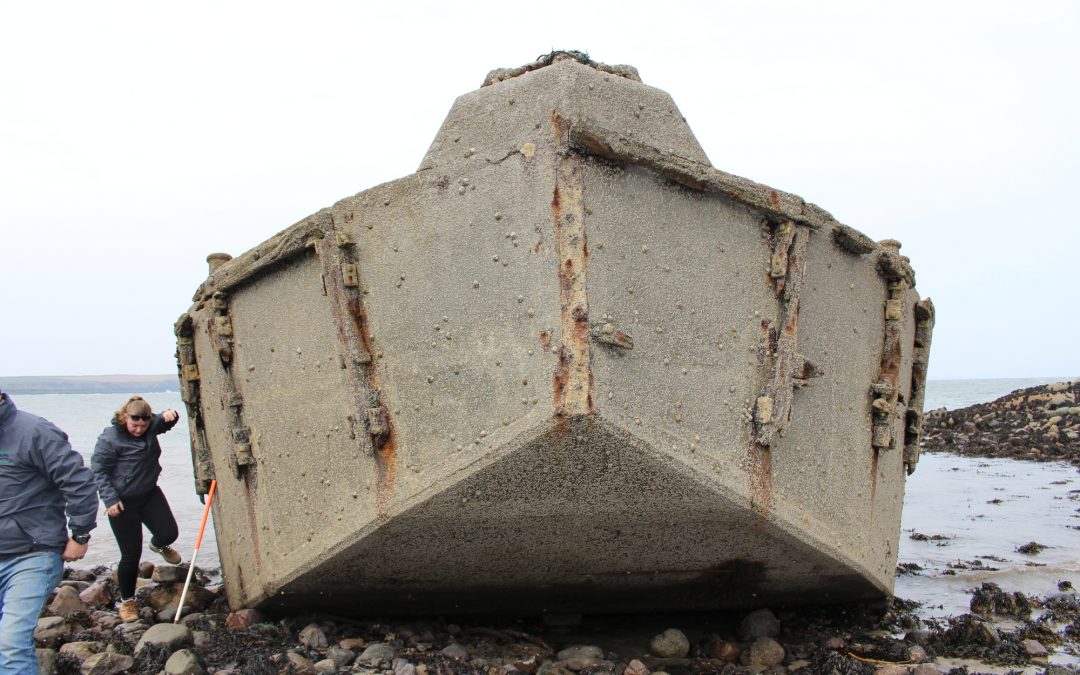
Oct 14, 2019
Survey, research and interpretation It is hard to believe now, but the lumps and bumps on the promontory at Eyemouth are the remains of a monumental fort built by the English in the 1540s and taken over and extended by the French in the 1550s. Eyemouth Fort played a...

Sep 26, 2019
Tropical temperatures, mangroves and coral reefs: at first glance, it might be hard to see similarities between the shores of Scotland and the Indian Ocean coastline. However, our recent trip to the island of Kilwa Kisiwani, on Tanzania’s southeast coast with a team...

Jun 19, 2019
Eroding coastal heritage sites documented by volunteers through SCHARP are valuable because they are based on field observations so are true records of what is actually happening at the coast. This means we can use them to test or validate models of coastal...

May 29, 2019
One of the joys of coastal archaeology is that it encompasses sites of all types and periods. A recent recording visit to three stretches of the Solway coast with the Coastwise Project and local volunteers took us from remnants of Mesolithic forest to secretive D-Day...

Mar 29, 2018
The nation of the Picts, the Roman-named ‘painted ones’, or possibly the Latin form of a forgotten native name, emerged from the tribal societies of late Iron Age Scotland through resistance to Roman control. Between the 6th and 9th centuries AD, their territories...







Recent Comments